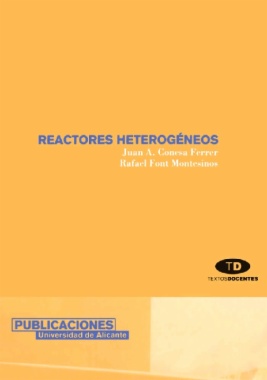
Estás filtrando por
Se encontraron 409 resultados en recursos

Compartir este contenido
Manual de normas y procedimientos División de Supervisión de Insumos Agrícolas
Copia el enlace o compártelo en redes sociales

Manual de normas y procedimientos.
Compartir este contenido
Manual de normas y procedimientos.
Copia el enlace o compártelo en redes sociales

Producción de semilla seleccionada de fríjol: estrategia para un futuro productivo.
Compartir este contenido
Producción de semilla seleccionada de fríjol: estrategia para un futuro productivo.
Copia el enlace o compártelo en redes sociales

Producción de semillas
Compartir este contenido
Producción de semillas
Copia el enlace o compártelo en redes sociales

Acuerdo regional lácteo :cuenca láctea del Piedemonte Llanero
Compartir este contenido
Acuerdo regional lácteo :cuenca láctea del Piedemonte Llanero
Copia el enlace o compártelo en redes sociales

Modelo plan de negocio para la creación de una empresa de servicios de automatización inteligente de viviendas (domótica), de los estratos 4, 5 y 6 de la localidad de Suba de la ciudad de Bogotá
Compartir este contenido
Modelo plan de negocio para la creación de una empresa de servicios de automatización inteligente de viviendas (domótica), de los estratos 4, 5 y 6 de la localidad de Suba de la ciudad de Bogotá
Copia el enlace o compártelo en redes sociales

Relación entre los factores de riesgo psicosocial y el clima organizacional en la empresa CDE Laboratorios
Compartir este contenido
Relación entre los factores de riesgo psicosocial y el clima organizacional en la empresa CDE Laboratorios
Copia el enlace o compártelo en redes sociales

Reactores heterogéneos
Compartir este contenido
Reactores heterogéneos
Copia el enlace o compártelo en redes sociales

Las buenas prácticas de manufactura en la producción de panela
Compartir este contenido
Las buenas prácticas de manufactura en la producción de panela
Copia el enlace o compártelo en redes sociales

Manual de pruebas rápidas en laboratorios lácteos
Compartir este contenido
Manual de pruebas rápidas en laboratorios lácteos
Copia el enlace o compártelo en redes sociales
Selecciona las Colecciones en las que vas a añadir el contenido
Para consultar los contenidos añadidos busca la opción Tus colecciones en el menú principal o en Mi perfil.
